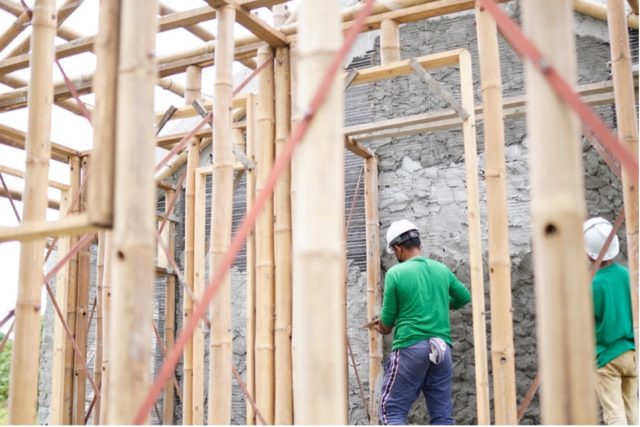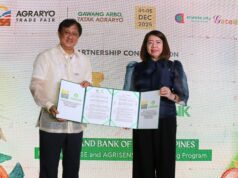A thousand homes sheltering over 4,000 individuals across 12 self-sustaining, income-generating communities in the Philippines.
These numbers are proof of a social movement that is demonstrating what the future of socialized housing and construction could look like, when founded on the continuous research and development on a humble species of grass: the bamboo. Leading the charge on this initiative is Base Bahay Foundation, a socially oriented nonprofit that works with a network of construction partners in utilizing bamboo to create sustainable and resilient housing solutions, especially for low-income, disaster-stricken communities.

Central to Base Bahay’s work is the use of Cement-Bamboo Frame technology, a combination of bamboo housing and conventional technology that make for a more permanent, durable, and, most importantly, affordable structure, said Pablo Jorillo, Base Bahay general manager, who spoke at the “Let’s Do Bamboo: An Investment and Market Opportunities Forum” hosted by the Department of Trade and Industry (DTI) Region VII.
“Cement-Bamboo Frame technology is typhoon-resistant, earthquake-resistant, fire-resistant, and insect-resistant, and it can last for more than 50 years,” says Jorillo. “It is also accredited by the National Housing Authority through the Accreditation of Innovative Technologies for Housing (AITECH).
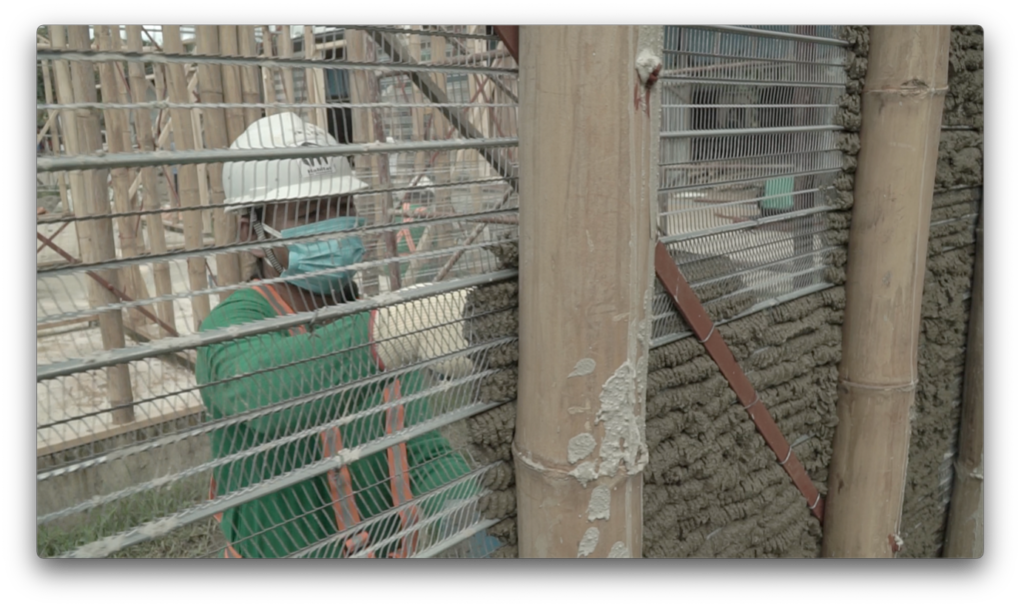
Central to Base Bahay’s work are bamboo research and education and efforts toward the recognition of bamboo as sustainable building material in the Philippines. As Jorillo emphasizes that bamboo has yet to become a mainstream construction material, the infrastructure industry has recently begun to create standards for its use.
In December 2021 the Department of Trade and Industry adopted ISO 22156:2021, the Bamboo Structural Design international standard for use in bamboo one- to two-storey house structures, which references bamboo’s mechanical resistance, serviceability, durability, load-bearing capacity design, and allowable stress design.
“After the release of the PNS 22156 last the year, the next step would be for these standards to be included in the National Structural Code of the Philippines,” Jorillo says. “Such a development would then eventually spark a revolution not just in housing, but for sustainability of the environment at large.”
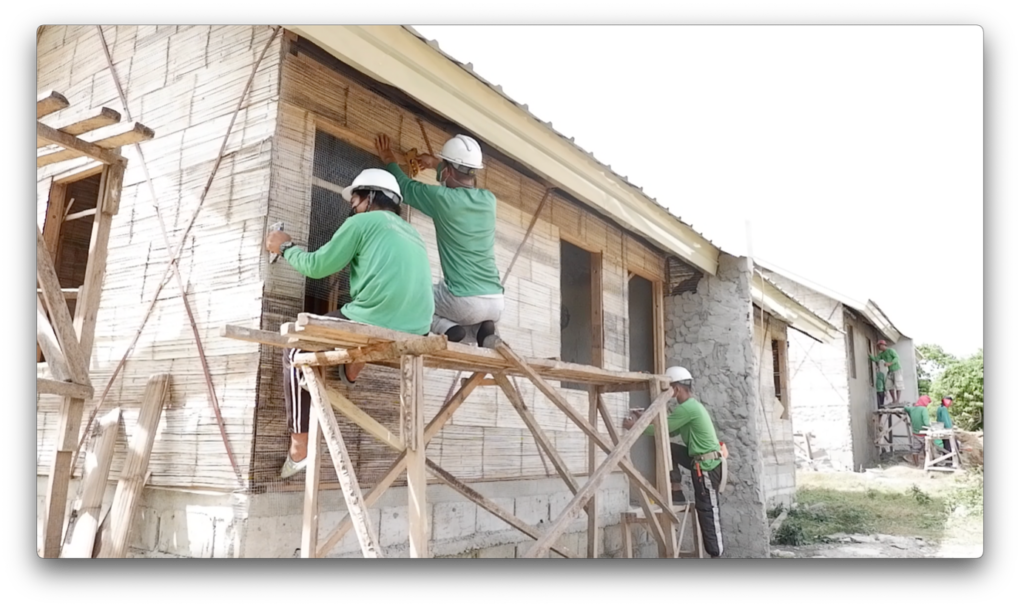
What makes bamboo a truly special resource is its ability to serve not just the housing or construction sector, but other issues that society in general faces every day: poverty, hunger, economic challenges, sustainability, livelihood, and even climate change.
“Bamboo is able to provide people with decent work—from harvesting to transport to treatment, and to the creation of consumer products and, of course, construction,” Jorillo says.
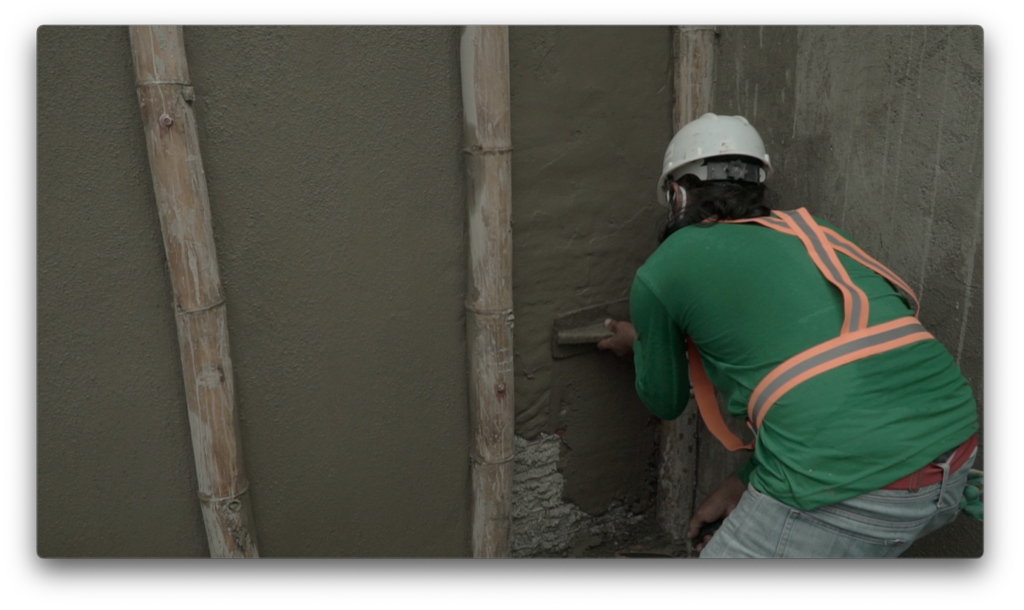
And in terms of climate change mitigation, Jorillo further explained that bamboo helps enhance biodiversity, improves soil quality, and actively sequesters excess carbon in the atmosphere.
“Say you have a one-hectare bamboo plantation that can produce up to 500-600 bamboo poles to be used for construction of houses; that can already sequester up to 134 tons of carbon,” Jorillo says.
Citing a DTI report, the country has 84,000 ha of bamboo, with plantations mostly in Davao and Mindanao. Of the 12 most “economically important” species of bamboo across the globe, there are two that are prolific in the Philippines: Kawayan Tinik (Bambusa blumeana) and Buho (Schizostachyum lumampao).
“Bamboo isn’t just the future of construction. It’s the future of livelihood; it’s the future of Mother Earth,” Jorillo says.
For more information on Base Bahay Foundation and ongoing projects, visit http://www.base-builds.com.


